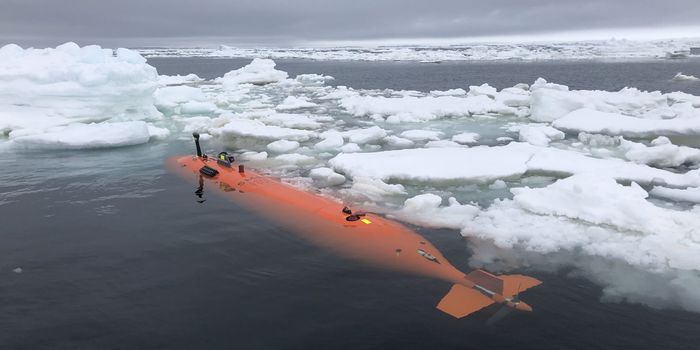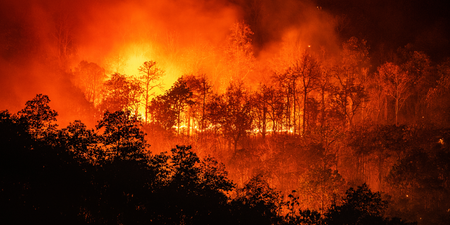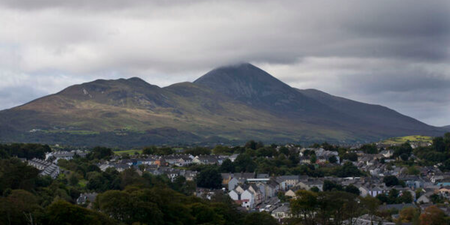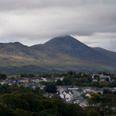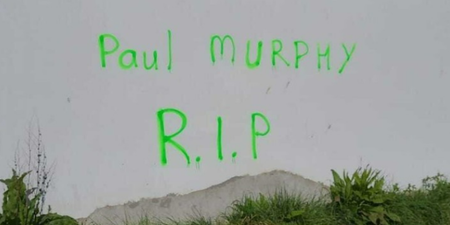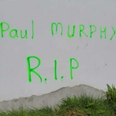A total loss could rise sea levels from three feet to 10 feet.
Scientists have expressed deep concern at the potential loss of the Thwaites Glacier, which could lead to catastrophic rises in sea levels.
A study into the rapid retreat of the massive ice glacier was published in Nature Geoscience on Monday (5 September).
A total loss of the glacier and its surrounding ice could lead to a rise in sea levels from three feet to a whopping 10 feet.
Scientists were able to map an area of the seafloor in front of the glacier to see how the glacier had moved throughout the years.
“Our results suggest that pulses of very rapid retreat have occurred at Thwaites Glacier in the last two centuries, and possibly as recently as the mid-20th Century,” said Alistair Graham, the marine geologist who led the study.
At one point in the last 200 years, across a duration of less than six months, the front of the glacier retreated at a rate of more than 2.1 kilometers per year, which is twice the rate documented using satellites in the last decade (2011-2019).
Clip via USFMarineScience
“Thwaites is really holding on today by its fingernails, and we should expect to see big changes over small timescales in the future – even from one year to the next – once the glacier retreats beyond a shallow ridge in its bed,” said Robert Larter, marine geophysicist and co-author of the study from the British Antarctic Survey.
The imagery was collected using a huge robotic vehicle loaded with imagery sensors called Rán, which was operated by scientists from the University of Gothenburg in Sweden.
“This was a pioneering study of the ocean floor, made possible by recent technological advancements in autonomous ocean mapping and a bold decision by the Wallenberg foundation to invest into this research infrastructure,” said Anna Wåhlin, a physical oceanographer from the university.
“The images Rán collected give us vital insights into the processes happening at the critical junction between the glacier and the ocean today.”
You can read the findings of their study in full here.
Featured Image: Anna Wåhlin/University of Gothenburg
LISTEN: You Must Be Jokin’ with Aideen McQueen – Faith healers, Coolock craic and Gigging as Gaeilge
